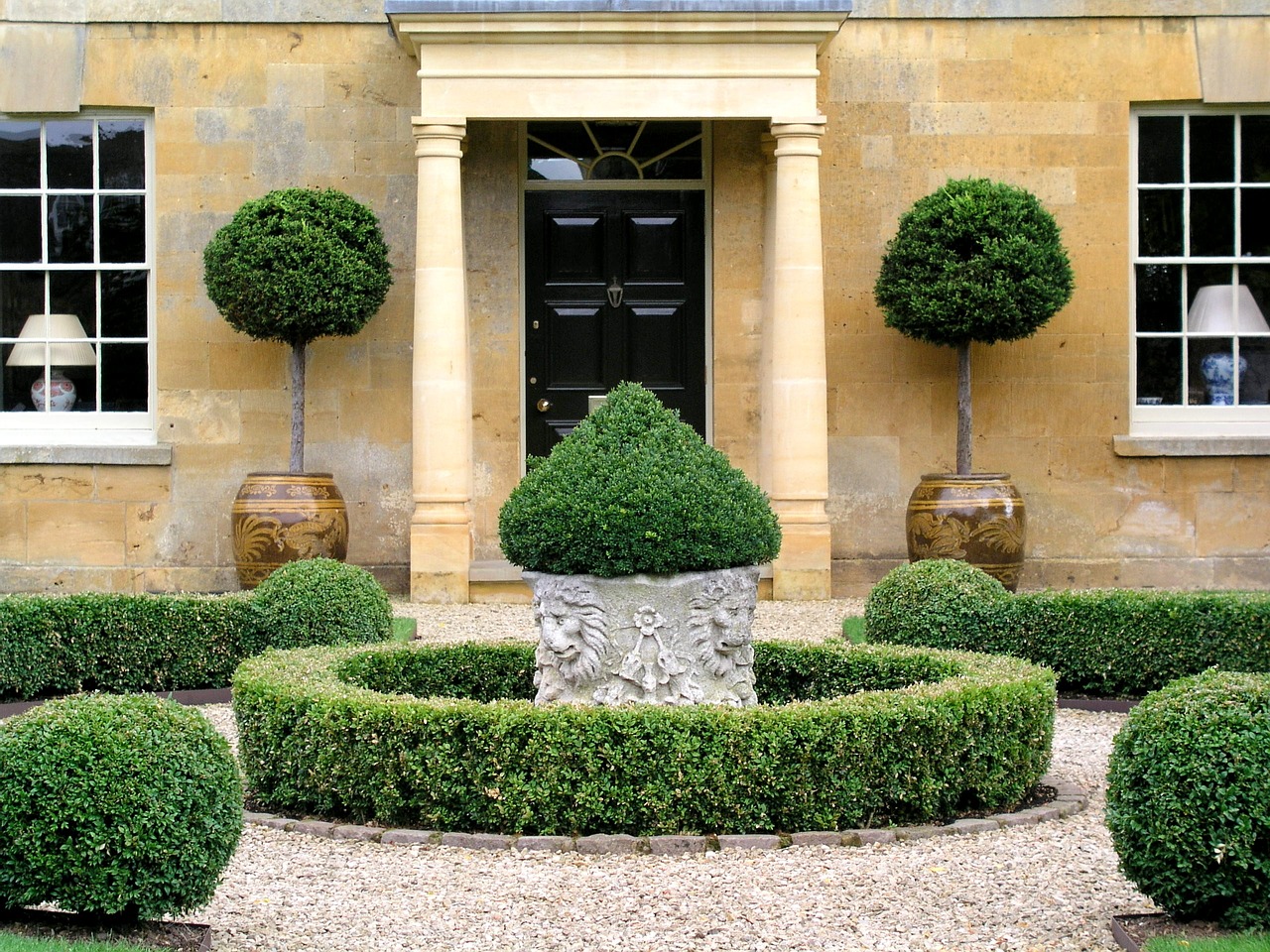Having been involved in the property industry for nearly 20 years, I have been lucky enough to visit some old and characterful properties, and often you get to learn so much about a properties history from the owner, or at least an insight into its history and past.
A properties history, style of build and design can be explained in a far simpler story than what I am sure the ‘walls can tell’, but none the less, give an interesting insight into why property construction and styles vary so widely across the country, both across the region and century.
The reason for this is that houses built before the mid-17th century were created from local materials, and without following any particular architectural plans. They were built using whatever manpower there was available, and people didn’t have a lot of say in how they wanted the property to look.
This type of house is referred to as ‘vernacular’, a simple and practical building found in many towns and villages in Britain. Although they have been changed and adapted throughout the years to suit different generations, many have still maintained much of their original charm.
Across the country, different counties have a different style of vernacular home due to the materials that were available to the people building them, and the way in which these materials could be used to create properties.
You can find the most diverse properties in the western counties including Devon, where a material called cob was used to build houses. Cob was made from a combination of dung, mud, and straw, and was crafted into walls which were then covered with a thick layer of thatch.
In comparison to this, homes in Cornwall were made from building stones of slate and granite and complete with a layer of white or pale lime render which was readily available in the county.
When people are looking to renovate these vernacular homes, it is important that plenty of research is completed beforehand, and skilled workmanship is employed to maintain both the character and integrity of the property, along with all the necessary consents from the correct authorities if the property is perhaps listed, or protected by a conservation order.
Finding materials of the same texture, colour and consistency is very difficult, but getting local materials will keep it as authentic as possible, and repairs can be completed which keep the property looking close to the original. It can help to look at other restored properties in the area to see how they have been repaired, and to talk to local people who worked on them to find out the types of issues they came across, and how these were resolved.
When purchasing an older property, it is important to realise that you may have to cope with some rooms being colder than others, and a bit of damp here and there which may have been around for centuries but never cause too much harm. This is because sealing up old properties too much can stop the walls from ‘breathing’ which can cause negative effects on the materials used within them.
If a property is not vernacular, it is known as being ‘polite’ which means that it was built with a style in mind, such as Victorian and Georgian designs which can be found abundantly across the country.
Georgian buildings are very popular, as they often are about proportion and symmetry, and during this period the nation was spending vast sums of money on creating ‘new’ towns and cities with plenty of money being earned through the growing trade and industrial markets. A grand home was a show of wealth, position in society and power. These homes are often remarked as being the most elegant & classical of the periods. Large windows, high ceilings and spacious hallways all contributing to the overall feeling of space and grandeur.
Another popular house style is Victorian, which is different to Georgian as homes built in this style became more ornate and detailed, which can make them a tricky restoration project, although it is very rewarding once the work has been completed.
With stunning bay windows, cosy fireplaces, and detailed plasterwork being some of the most desirable features in a Victorian house, they often require delicate restoration to covings and plasterwork that became more detailed during this period. A classic feature of a Victorian home is a Roll Top Bath, which is still loved by homeowners today due to its character, and ability to instantly transform a bathroom into one from centuries past.
We at Keane & Parker feel privileged to have seen some of the regions finest examples of the different periods of properties around, and through our vast experience, would be happy to give you as much advise and ideas on how to get the best out of your home, or where you will find your perfect one, Vernacular or Polite!
Author: Mark Keane








